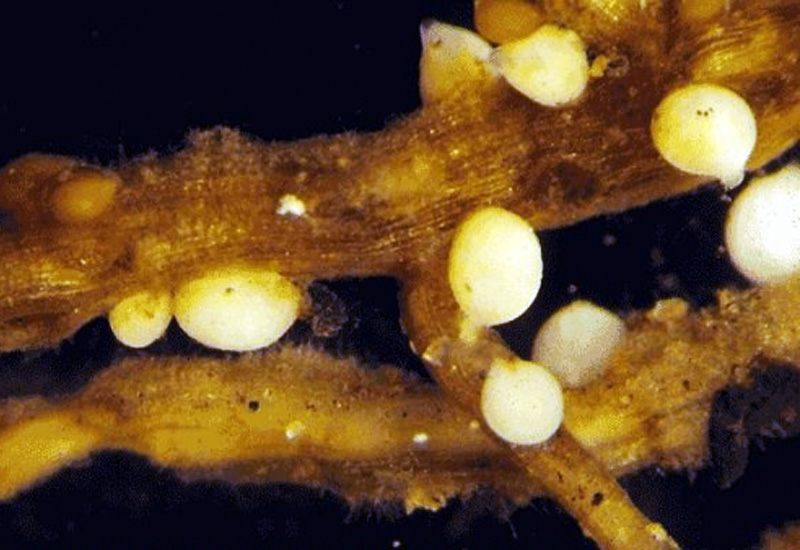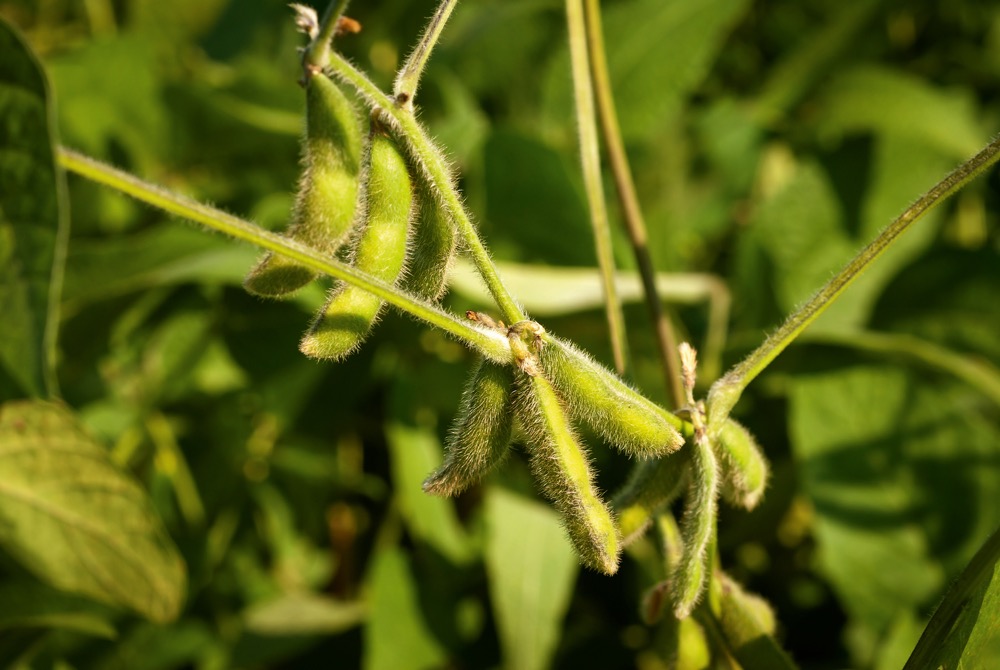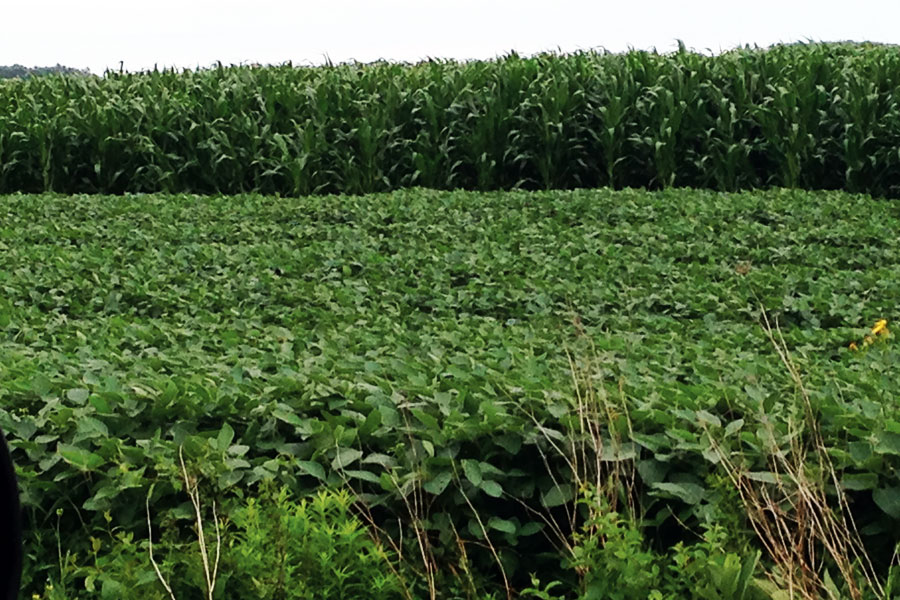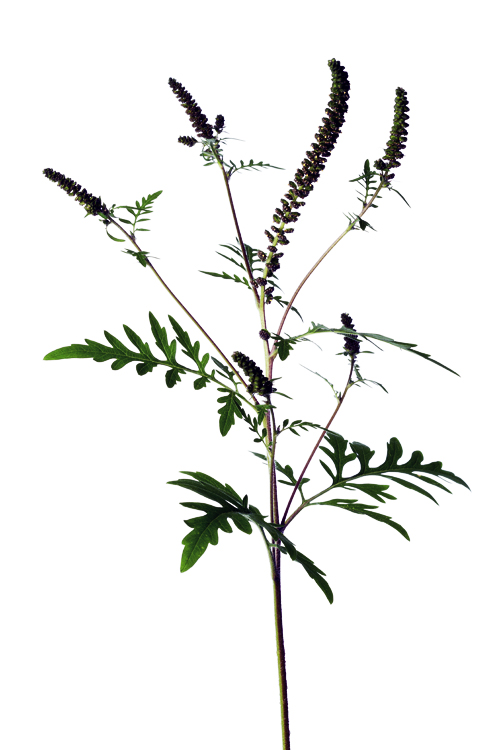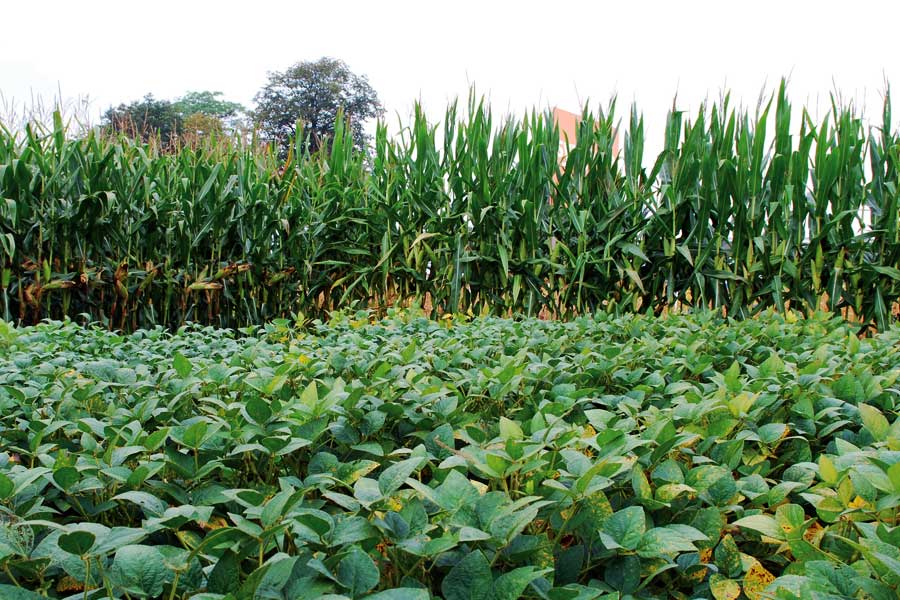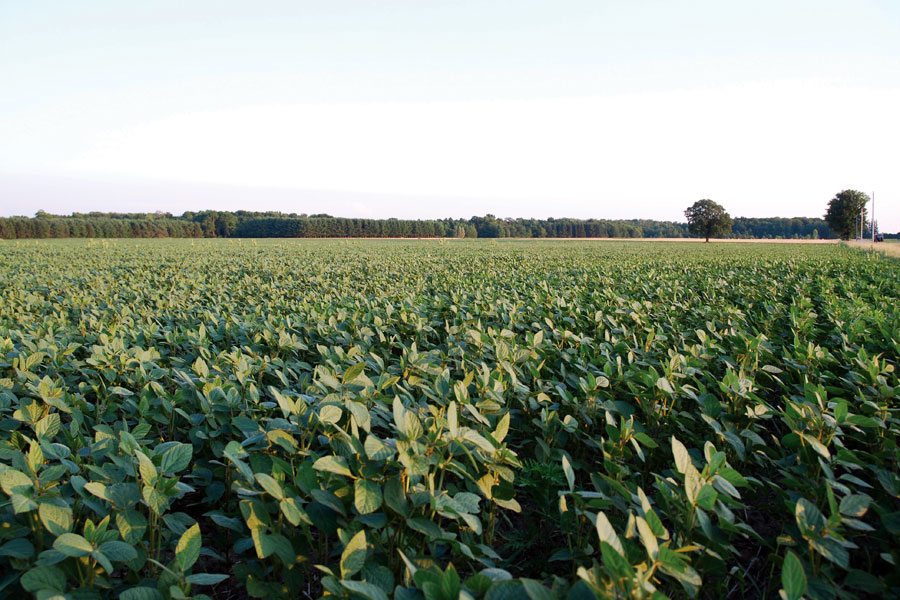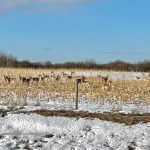Soybean cyst nematode was first identified in Ontario in 1988, and since then it has spread through much of the province.
Despite nearly three decades of experience with this pest, Ontario is still a relative newcomer compared to places like Tennessee, with its history dating back to the 1950s. Other states such as Illinois and Indiana are considered medium-term locales.
Despite being a newcomer to this club that nobody really wants membership in, Ontario has invested a lot of effort understanding exactly what’s going on and how the disease is spreading.
Read Also

Producers aren’t panicking over tariffs and trade threats
The influence of tariff and trade uncertainity on farm business decisions.
That effort intensified eight years ago with the SCN Farm Survey, part of a program involving the North Central Soybean Research Program, a coalition of U.S. states where SCN has been identified as a significant threat.
“In Ontario, we decided to carry out the survey initially as part of a co-operative effort with Indiana, Tennessee and Illinois, to identify predominant HG (Heterodera glycines, the scientific term for SCN) types, based on the initial development of populations in each state and province,” says Tom Welacky, research biologist with Agriculture and Agri-Food Canada (AAFC) at Harrow, Ont.
What the survey discovered was that since 1988, SCN has spread eastward into the Niagara Peninsula and now as far as the Ottawa Valley and western Quebec.
Its field symptoms are often overlooked or dismissed as planter or drill issues or even nutrient deficiencies, and there’s a long-standing perception that it’s a problem only in the extreme southwest — Essex, Lambton and Kent counties. As a result, the spread continues.
The NCSRP survey was completed in three years, with results published in 2010. In Ontario, the survey was extended through to 2013 with the support of the Grain Farmers of Ontario and AAFC, making it one of the longest-running surveys in Ontario or the NCSRP states.
It’s now an annual project in the province while the NCSRP states continue it only on an occasional basis as a function of local information interests.
The majority of the samples were provided by the Ontario seed companies and local agricultural outlets. Out of 130 lot samples, only 46 per cent had no SCN, 54 per cent had some present, and 25 per cent were rated as “high” for SCN.
According to Welacky, the initial strategy was to survey several growers in each soybean district or county. As the survey progressed, it developed into many samples provided from the more concentrated soybean-grower areas, especially in southwestern Ontario.
- From the Grainews website: Managing soybean seedling diseases can cut production costs
“After several years, the survey spread out to areas that did not have SCN or with very few reports of SCN,” says Welacky. “Sampling became more widespread, as growers and the seed industry found SCN appearing in new marginal areas. Once a few locations were identified in an unsuspected soybean area, then more participants sent in samples to determine if SCN was on their farm.”
The survey expanded in 2011 to new areas, with an annual focus on specific new potential SCN infestation areas such as Niagara, the eastern townships and into northern counties, including Huron.
Welacky confirms the 25 per cent level for serious infestation in Huron County, but he adds that it doesn’t necessarily reflect the duration of the disease’s presence.
There are several field conditions that can affect the spread of the disease, including wind and tillage.
“It’s common sense to logically associate high populations with a long period of SCN infestation,” says Welacky. “In high-yield production environments, the SCN populations can explode in a one- or two- or even three-year period, and as a result, it may appear that the population has been there longer than in a less-than-optimal-yielding production area. But long-term infestations are hard to identify.”
In either case, the level of SCN counts or the number of SCN-infested fields in a district is a vague indicator of when SCN became established, and that’s due to best management efforts of farmers using resistant varieties and beneficial rotations. The point is, the nematode is spreading, often in spite of farmers’ best management practices.
Welacky says that if he were a grower and saw a report on the levels of SCN infestation in his area, he might be a little apprehensive as to whether it can be controlled, especially when you’re approached by a seed representative, asking if you want to buy a new SCN-resistant variety.
“Usually after a few years of changing to resistant varieties and extending rotations with non-host crops, the grower or the neighbour becomes more confident that it’s not a futile disease to control,” says Welacky. “The key factor is that growers need to find and manage SCN as soon as they can to both reduce its impact and its presence in the field. New infestation frontiers all have the same grower-reaction pattern — ‘it’s something else!’”
The good news, says Welacky, is that based on their scientific results and consulting with research from NCSRP nematologist, the impacts and problems associated with SCN are actually lower, compared to 10 or 15 years ago.
This season and beyond
Welacky says that future surveys for 2014 and 2015 will be focusing on eastern Ontario producers through the collaboration and help of representatives from across the seed trade, including Syngenta, Cargill and DuPont-Pioneer. He also commends Pioneer’s Morris Sagriff for providing a considerable number of the samples since Welacky began the survey.
The Huron County survey will also be maintained but to a smaller level since there was such well-received support in the number of participants through the Huron County Soil and Crop Improvement Association.
“We’re also working very closely in sharing and transferring our lab and field methods to Quebec and Manitoba,” says Welacky. “These areas will need to assist growers as early as possible.”


